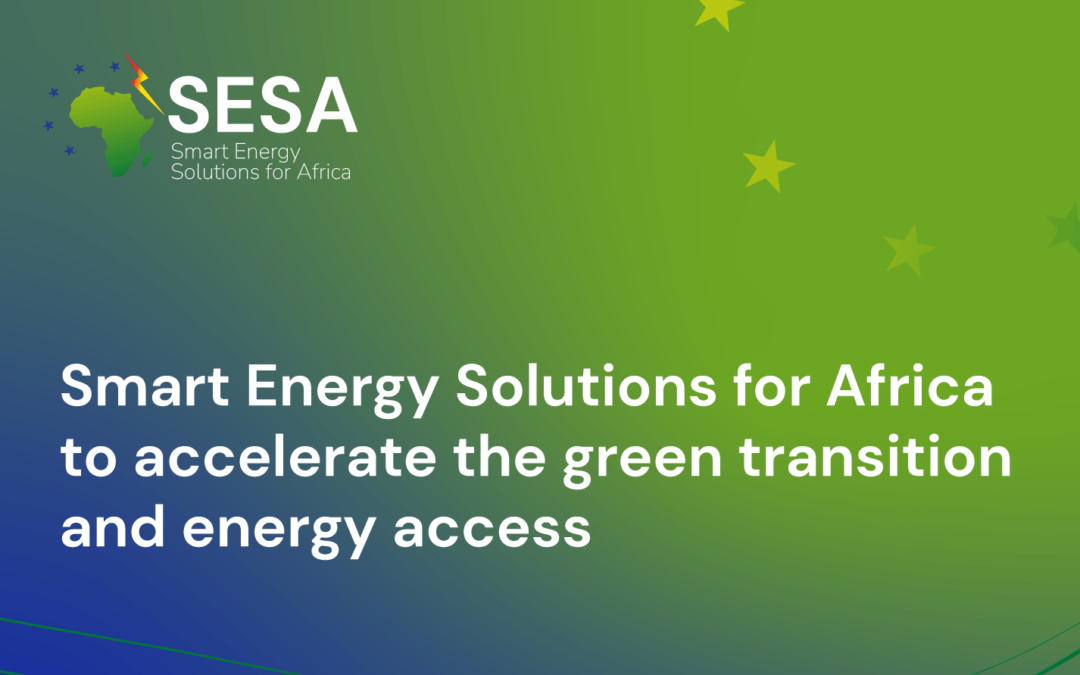
SESA at the Energy research projects in cooperation with Africa workshop
The past 25th January the SESA Project participated in the First Energy research projects in cooperation with Africa workshop hosted by CINEA – European Climate, Infrastructure and Environment Executive Agency.
The event started with an overview of the policy context by Phillip Schild, Policy officer and Natalia Caldes, DG INTPA. Afterwards, each initiative had the chance to present their challenges and workplan for the upcoming years.
Giorgia Rambelli, Coordinator at ICLEI European Secretariat Brussels Office and SESA representative, shared with the participants the highlights of the our initiative and our roadmap.The event also provided the opportunity to discover more about the sibling projects and discuss about our vision, goals and potential synergies.
🟢 LEAP-RE seeks to create a long-term partnership of African and European stakeholders in a quadruple helix approach: government, research and academia, private sector, and civil society.
🟢 #SophiA develops sustainable off-grid carbon-neutral solutions for pharmacies and hospitals in Africa, for heating, cooling and clean water.
🟢 SteamBio Africa aims to enable large scale, clean, secure, and affordable energy. It addresses many of the challenges South Africa faces, including dependence on low carbon energy, climate change vulnerability and resource inefficiency.
🟢 REFFECT AFRICA tackles the development of renewable energy sources, providing solutions for on-grid and off-grid communities, and their integration into the existing energy system.
🟢 ENERGICA fosters the collaboration between partners of both continents on energy access and sustainable energy development.
After the initiative presentations the representatives from the LEAP-RE project presented their key concepts and technologies, geographical coverage and demonstration locations. The representatives from Geothermal Atlas for Africa (GAA), Productive Use in Rural African Agriculture Markets using Standalone Solar (PURAMS), Geothermal Village (GV), Renewable Energy for African Agriculture (RE4AFAGRI), Sustainable Energy Transition and Digitalization of Smart Mini-Grids for Africa (SETaDiSMA), Energy Village Concept (EVC), Europe & Africa cooperation, from grid digitization to sustainable energy for all (EURICA), and Micro-grid technology for a widespread use of renewable energy sources in Africa (Leopard) discussed about their challenges and innovations.
The LEAP-RE representatives also shared with the attendees the results from their first call and their 13 funded projects. To finalise, the coordinators and communication managers from each project provided insights and ideas for future possibilities of cooperation and potential synergies in communication and dissemination, policy discussions and other activities relevant for the projects.




Recent Comments